 |
A month ago, I got in touch with my old friends over at Little Boxes Theater—a recreational performance art/photography studio in San Francisco—about shooting a fun personal project. Since I love to fabricate things in my workshop for shoots, I asked if they’d be up for collaborating on something along those lines.
Aaron Simunovich (one of the studio managers), had a lot of experience woodworking, and threw out the idea of an inverted room. Without any doubts, I said something along the lines of, “yes, let’s make this happen right now.” I immediately got to work on a detailed 3D model of what it might look like structurally, and from there, we budgeted what material we’d need in order to get this set done.
I spent the following 5 days commuting over the San Francisco bridge, gradually building the set with Aaron, and us making frequent trips to the hardware stores… and junkyards. This was all a big experiment, but I called my good friend Valentina Reneff-Olson to model, since this trippy composition just called for a flexible dancer. Combine this two-wall set with a bit of intricate posing, and you end up with a series of photos that emulate anti-gravity perfectly.
Generally, the concept was to have the dancer shooting out of what looked like a painting/mirror frame. Oh yeah, and rain. There was rain.
Technical Details
If I told you how long we actually shot for, you’d probably think I was exaggerating. The truth is, once we had everybody at the studio, we only had 2 hours to get something good. Since I had to travel back to LA for an upcoming shoot, and their studio was booked out, there was just no way to do it the following day.
Little Boxes Theater likes to store set designs in-house, but since I don’t live anywhere near San Francisco, I was not going to leave back to Los Angeles without content that was up to my expectations. Two hours to get both photo and video content? No pressure.
*Game face*
Since I wanted to test the stills and slow motion of my new GH5, I used that body with a 25mm f/1.7 lens, and did everything handheld with the 5-axis stabilization turned on. There were two lighting setups being used simultaneously:
One for stills:
- Two 600w heads
- Reflector
One for video:
- LED panel
- Reflector
- 1K Arri fresnel
$ (document).ready(function() { SampleGalleryV2({“containerId”:”embeddedSampleGallery_3099455855″,”galleryId”:”3099455855″,”isEmbeddedWidget”:true,”standalone”:false,”selectedImageIndex”:0,”startInCommentsView”:false,”isMobile”:false}) });
Since I was shooting slow motion at a higher shutter speed, I was really pushing the GH5 settings to see how it performed on this test. The power output of the strobes overpowered the constant lights, so for stills we just kept the constant lights on to help with auto-focus.
Together, we all improvised a bunch of choreography and posing for Valentina to follow, and our stylist, Virginie Suos, switched out the clothing after each video sequence in the rain. I got oddly comfortable shooting atop a scaffolding, with my head tilted 90º the whole time.
This shoot ended up being 75% stills and 25% video, so the minute-long short film that I threw together was cut only from about 6 shots only.
To that I’d say: “not too shabby Daniel, not too shabby.”
Check out the full behind the scenes video below:
Daniel DeArco is a Los Angeles-based photographer, filmmaker, and inventor who first picked up a camera in 2011 after he severely broke his neck. Since then, he’s made a name shooting creative portraits and commercial work. You can find more of his work on his website, Instagram, and YouTube.
Articles: Digital Photography Review (dpreview.com)
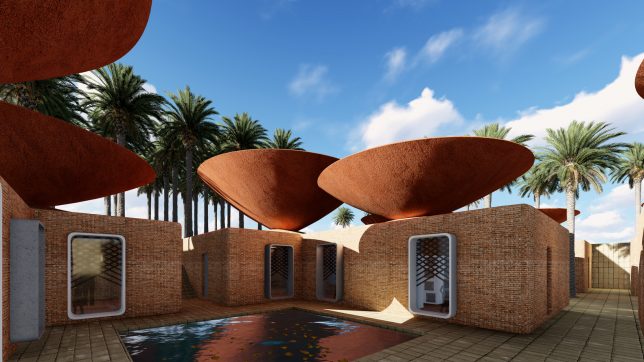

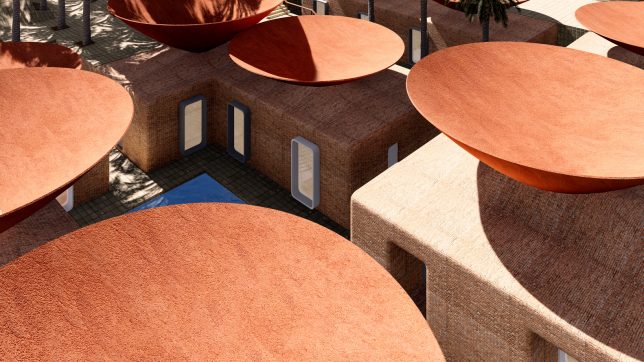


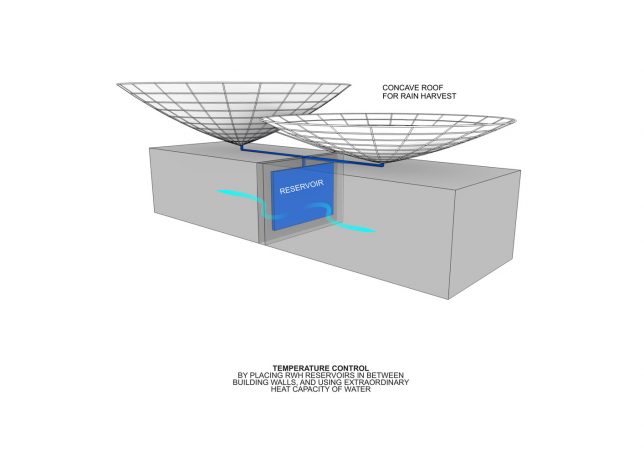
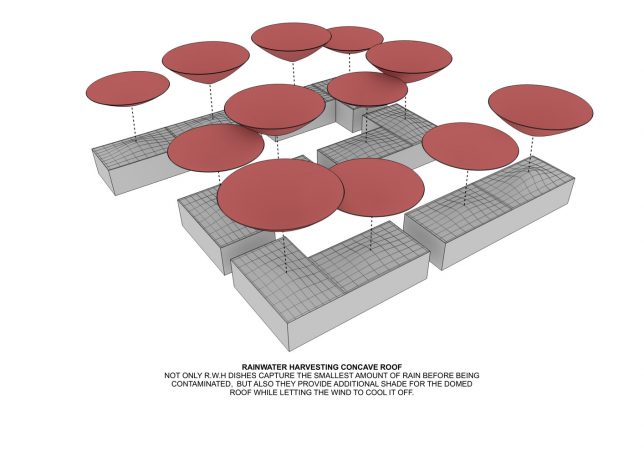
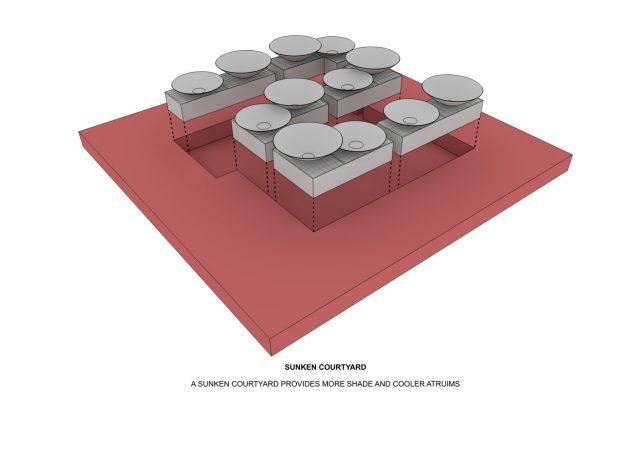
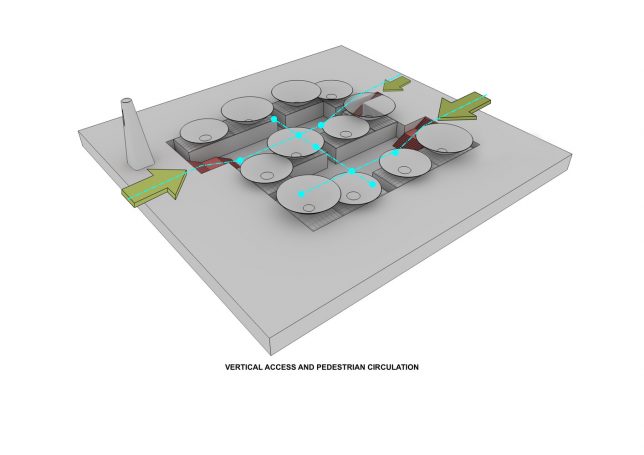











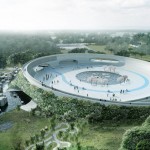

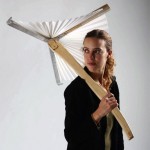




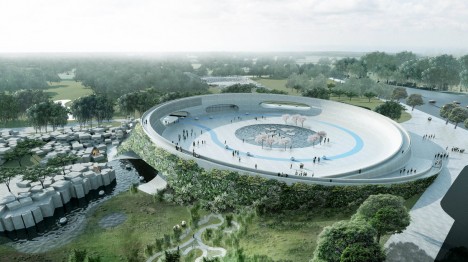
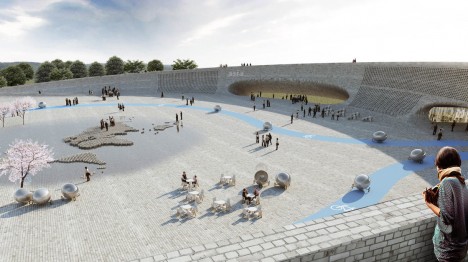
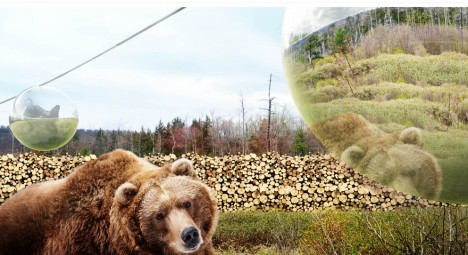
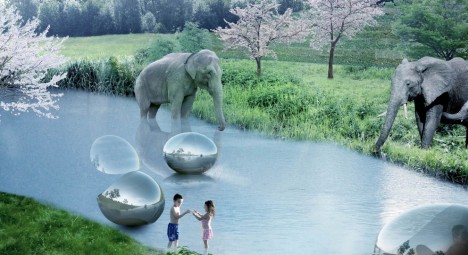
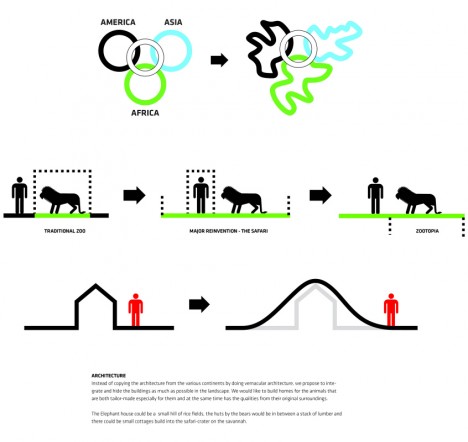

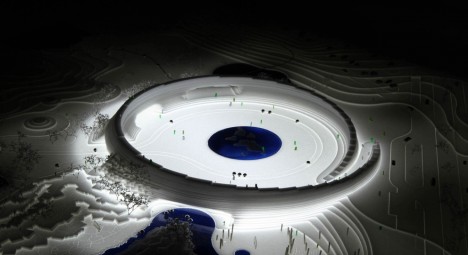
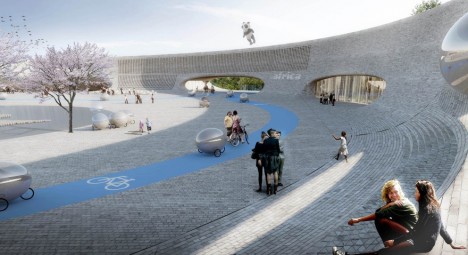

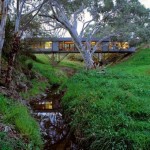
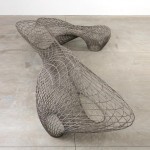
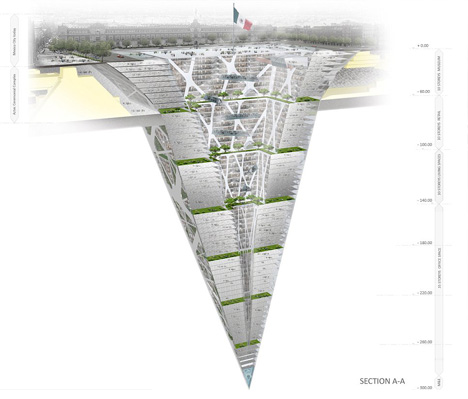
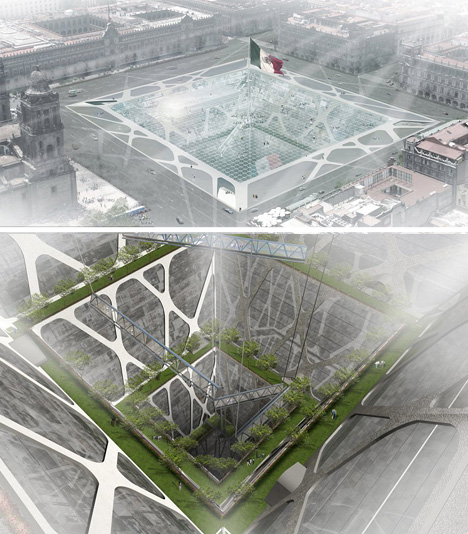
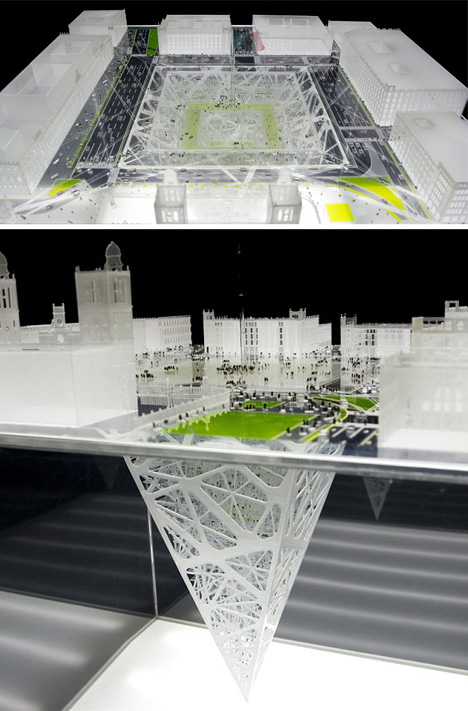
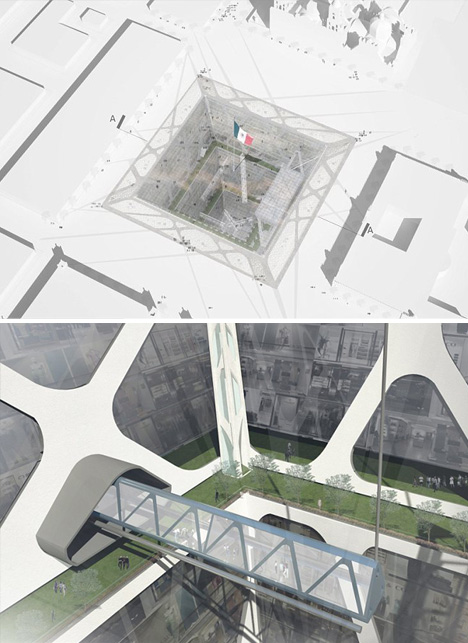





You must be logged in to post a comment.